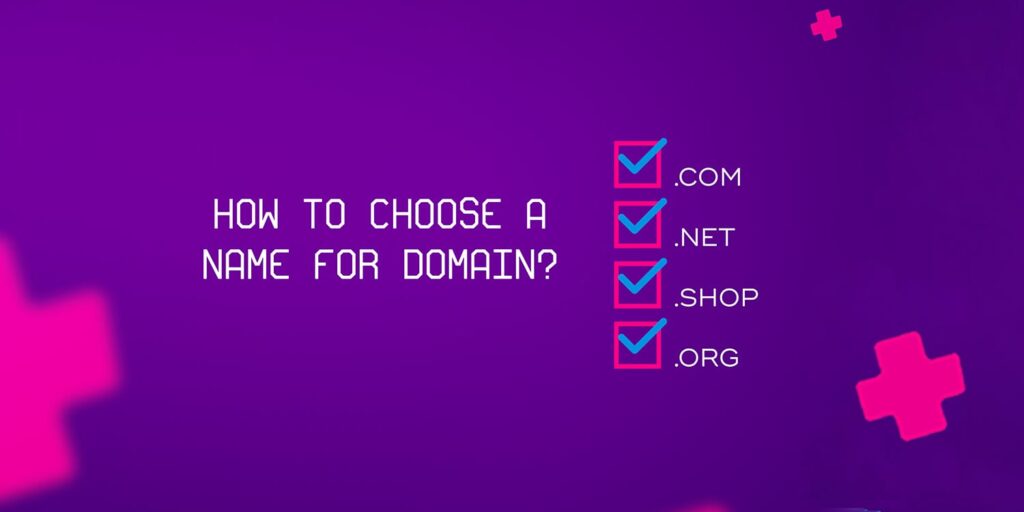The Internet can hardly be called a safe place. On the one hand, all sorts of scammers and hackers are operating there, on the other hand, clever identity systems that seem to know absolutely everything about users.
But the good news is that by taking just a small handful of security measures we can greatly reduce our exposure to all these threats.
Here are some Internet safety tips to follow to help you avoid getting into trouble online:
Use a password manager
Password Manager helps you create a unique password for each of your accounts. Having a unique password ensures that if one of the accounts is hacked, the attacker will not be able to access all other accounts. Set unique passwords, at least for important accounts at Google, Apple, as well as for email and bank accounts.
Set strong passwords on your devices
A four-digit access code for your phone or other devices is no longer considered secure. Would be better to use a password consisting of at least 6 characters, and for additional security, use a 6-digit password containing both numbers and letters. In general, it is recommended to always set a strong password and try not to leave the device unattended in public places.
Use two-factor authentication
Two-factor authentication (2FA) enhances security by providing more effective account protection from unauthorized access.Two-factor authentication requires the user to enter additional data; something that only he knows ( passwords, PIN codes, secret phrases), or biometric data (face scan, fingerprints, or retina).
Change your DNS settings to 1.1.1.1 or 9.9.9.9
DNS (Domain Name Servers) are the Internet equivalent of a phone book. They translate a domain name, like “google.com,” into an IP address. Many ISPs track and record the data that passes through the DNS, and in some cases resell this data to advertisers. Cloudflare has released privacy and performance-oriented DNS tool that protects your Internet traffic from ISPs and people tracking publicly available Wi-Fi networks. 1.1.1.1 also works faster than regular DNS and speeds up the Internet.
Use a VPN
VPN or virtual private network is a useful tool for protecting your Internet connection. This tool ensures that the data you send and receive is encrypted.
Use a web browser that provides privacy.
Use a web browser that does not allow you to track your actions, as well as display unwanted advertising. Modern browsers have simplified the process of transferring your bookmarks and preferences to reduce switching difficulties.
Delete metadata attached to photos you share
Geo-referencing is the process of adding geographical identification to media files (for example, photos and videos). Anyone who has access to these tagged media files can read this data and find out where the picture was taken. Most social networks delete the EXIF data of photos, but if you post your own photos, remember that geolocation can indicate your exact location.
Check your privacy settings on social networks.
Today, social media companies have the opportunity to collect a huge amount of data about you, your interests, people with whom you communicate, about the places you visit, about your purchases and much more. If you are not ready to give up social networks, you should take the time to review your security and privacy settings.
Educate yourself about phishing attacks
Phishing is an attempt to obtain sensitive information (like an account password) by disguising as a trustworthy person or company. Phishing often occurs via email where a hacker will use social engineering to convince someone to click a link that goes to a fake login page. The fake login page then sends anything the victim types (including usernames and passwords) to the hacker.
Learn more about phishing attacks
Phishing – is an attempt to obtain confidential information by disguise as trusted organizations. Phishing is often carried out by email. Fake notifications from banks, providers, payment systems and other organizations come to the mail that for any reason the recipient urgently needs to transfer personal data. The reasons may be called different. This may be data loss, system failure, and so on. The recipient is persuaded to click on the link that leads to the fake login page, through which the attacker obtains the victim’s data (passwords, credit card numbers, bank accounts, and other confidential information).
Keep these basic Internet safety rules in mind and you’ll avoid many of the nasty surprises that are hiding on the world wide web.
